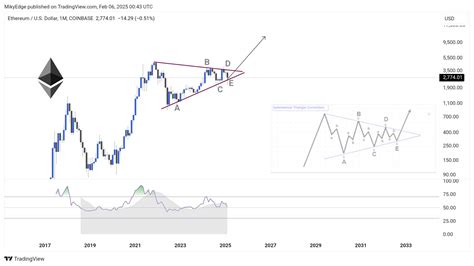Hashtare calculation based on arbitrarily defined goals
As myself as an enthusiast and miners of the cryptocurrency currency, I often ask me how to appreciate the hashrate of a particular miner, based solely on their mining power and difficulty finding a block. In this article, we will study the mathematics calculation of hashrate using an arbitrarily defined purpose.
Mathematics:

Hashrate is the amount of computer work needed to find valid without blockchain. It is measured as “gas” units indicating the number of instructions to be fulfilled in the net to create a block. Difficulties in finding a block are calculated by dividing the total number of gas units (ie a goal) with the number of miners who work together.
Let’s say we want to calculate the hashrate using an arbitrary purpose, say, 100,000 gas units. We can start by calculating the theoretical unique number of no -score that could be found in a particular block:
Hashrate = Total_gas_units / (Numb_of_miners)
This is the maximum of the aftermath if all the miners worked together without obstacles or restrictions.
Purpose:
Now let’s define an arbitrary purpose. In this example, we will choose 100,000 gas units as a goal. We can represent it in different forms such as:
- One block with a fixed night (eg 1 million blocks)
- A large set of blocks with a series of non -one (eg 10^9 to 10^12 blocks)
Hashtare calculation
In order to calculate the hashrat based on the arbitrarily defined purposes, we must consider the number of unique non -incocleporats that could be found in this block or pool. We can do this by dividing the total number of gas units with the number of miners who work together.
Here’s a step by step:
- Turn goals from gas units to blocks:
`Markdown
Target_blocks = 100.000 / (Numb_Of_Miners)
- Calculate the possible maximum hashrate using the upper formula:
`Markdown
Hashrate = Target_blocks / Numb_Of_Miners
Example:
Let’s say we want to calculate mining hashrate with an expected 500 MH/S (million hash in seconds). We will assume that all miners work together without obstacles or restrictions.
- Transfer goals from gas units to blocks:
`Markdown
Target_blocks = 100,000 /500
- Calculate the maximum hashrat possible using the upper formula:
`Markdown
Hashrate = Target_blocks / Numb_Of_Miners
Probability Calculation
In order to calculate the likelihood of a block in a certain period of time (like an hour), we need to consider the number of attempts needed to find something. This can be estimated by a PUASON distribution, which moderates the number of events that occur at a fixed interval.
PuSon distribution formula is:
P (n) = e^(-λ) \* (λ^n) / n!
where λ is an average rate of events and n is the number of attempts.
For example, we will adopt an arbitrarily defined goal of 100,000 gas units. We can evaluate the expected value of attempting using PuSon spread:
`Markdown
Lambda = Total_gas_units / Numb_Oof_miners
Now let’s calculate the likelihood of finding a block within an hour (3600 seconds):
`Markdown
Probability = e^(-lambda) \* (lambda^10) / 10!
Conclusion:
Understanding how to evaluate the hashrate based on the arbitrarily defined goal and calculate the appropriate likelihood using Puason distribution, you can make a conscious decision on your mining action.

